The Digital Learning across Boundaries (DLaB) project, which received over £380,000 through the Erasmus+ scheme, has recently finished the first of three MOOCs that explore ways to integrate technology within education.
The Technology Outdoors course, launched in May 2017, drew a global audience of over 450 applicants from more than 30 countries across the world, ranging from the USA to New Zealand, and El Salvador to India. It was aimed at primary and lower secondary teachers, however anyone with an interest in the field was welcome.
A team of 50 DLaB project members from 9 schools, universities and cultural institutions from Norway, Belgium, England and Denmark met for 5 days in Norway to create the materials for their online course based upon national and international collaborations. They had been collaborating at a distance using Skype for online meetings and for their pupils to talk to each other, and had explored the potential of a range of tools for connecting classrooms and collaborating on the creation of digital artefacts.
Key technology tools used in the MOOC authoring included a LearnDash plugin within the WordPress project website for course navigation, embedded google docs so that authors could collaborate to add content, Padlets for sharing visual examples, iMovie and green screening for introducing units, and Google+ for the online community that provided a place for participants to talk and share ideas.
English was not the first language for many of the MOOC participants and authors, so it was important to present information visually as well as through text.
Two themes emerged from the project this year:
- technology bringing together physical and digital exploration of the world, and
- technology connecting classrooms in different locations.
Some tools facilitated the collaborative production of shared digital artefacts, such as a digital art map, sketchbook circles or eBooks. Other tools enabled exchanges to take place, many of which relied on images rather than words. These included an interactive image of a set of ‘in’ and ‘out’ drawers using Thinglink, virtual sculptures that were placed in different locations, postcard swaps based on virtual reality experiences, exchanges of local colour palettes as a basis for artwork, conversations between talking inanimate objects, and instructional videos of playground games.
Four Technology Outdoors themes formed the basis of the MOOC:
- Wild Writing
- Art in the Environment
- Creating Trails and
- Outdoor Science.
Visit the Technology Outdoors online course page for more details or to still take part.
Participants of the MOOC reviewed key resources, including lesson plans, case studies and examples from practice. They reflected on how to use the suggested activities and were encouraged to try them within their own teaching. Activities were suggested to help them plan and apply the ideas with their own learners within their own teaching contexts.
Finally, and this was one of the most exciting aspects of the course, participants used Google+ to share what they had tried with a community of fellow practitioners. The real-life examples, photos, videos and comments generated within the community gave the course a truly practical focus. And the lively active community gave participants a chance to feedback on each other’s ideas as well as make international connections and set up collaborations of their own.
It was the valuable talk and interaction within the community, all around common ideas and how to take these forward and put them into practice, that helped draw positive praise for the MOOC. One user commented “This week has been brilliant. It slotted in with outdoors classroom week. We wrote poetry using time lapse and panoramas. The best bit was lying on our backs watching a pair of red kites using the thermals over our field. Thank you so much for the inspiration.” Another said: ‘This MOOC has been supremely stimulating and many ideas from the course and its participants have inspired me and will work their way into next year’s curriculum.’
Helen Caldwell, Senior Lecturer in Education at the University of Northampton said:
“The technology and apps used within these sessions are all easily available to teachers and pupils today; the DLaB Project is designed to work with student teachers, teachers and those working in teacher education to develop digital skills, enhancing their teaching by bringing the world around into the classroom; as well as taking learning out of the traditional classroom using technology outdoors.”
Helen continued:
“Many of the approaches that we have used within the MOOC tie in with our approach to Active Blended Learning at UoN. We suggest that authors and facilitators of online and blended learning use technology to:
- promote collaborative, active learning and making
- create an interactive online classroom
- increase the availability of content in different media
- increase student control over the time, pace and place of their learning”
Further resources
Please view the below resources for more information about the Technology Outdoors MOOC:


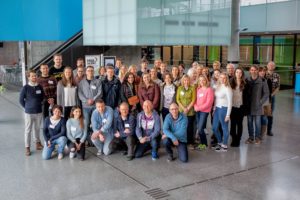
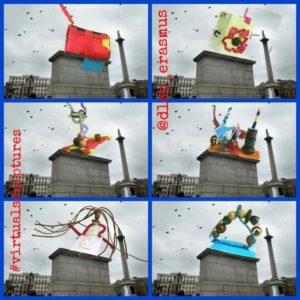
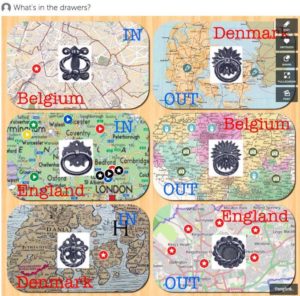
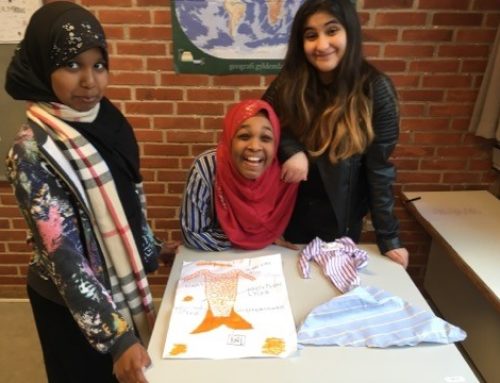
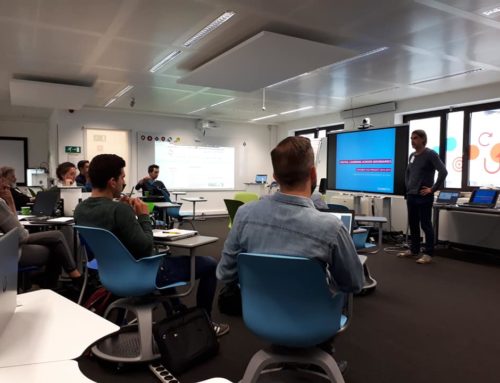

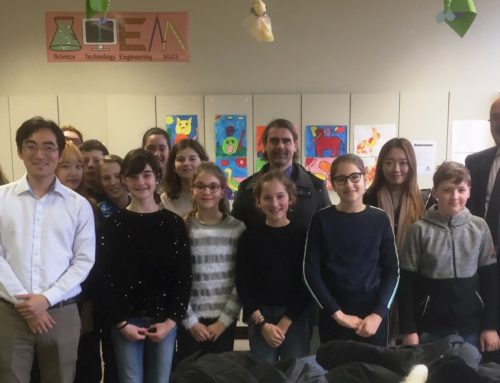
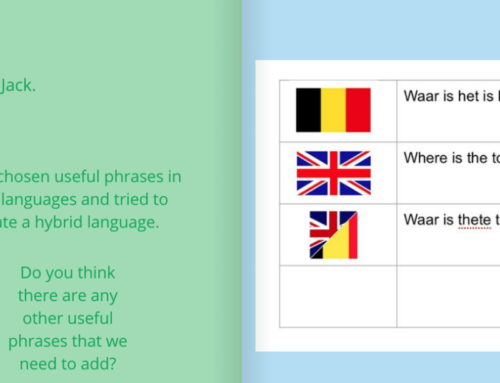
Leave A Comment
You must be logged in to post a comment.